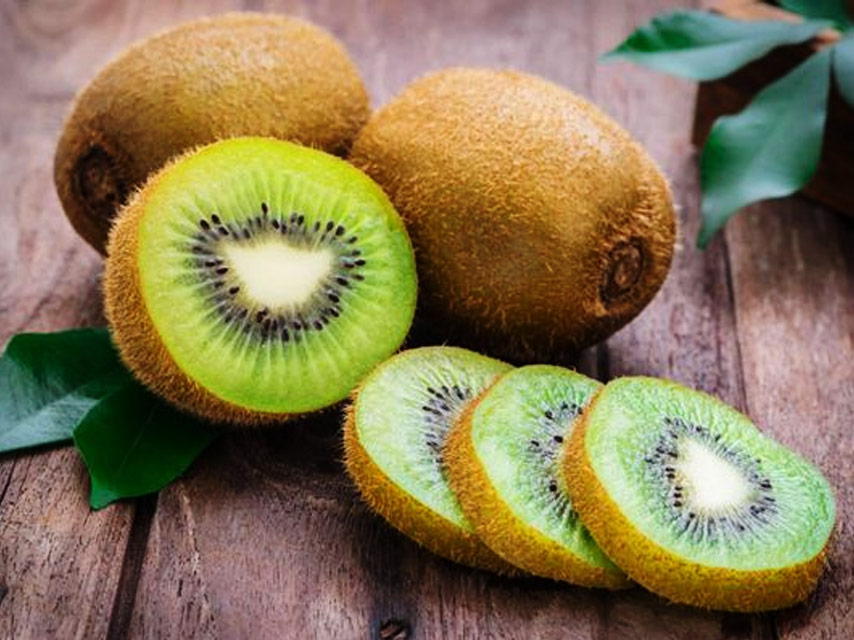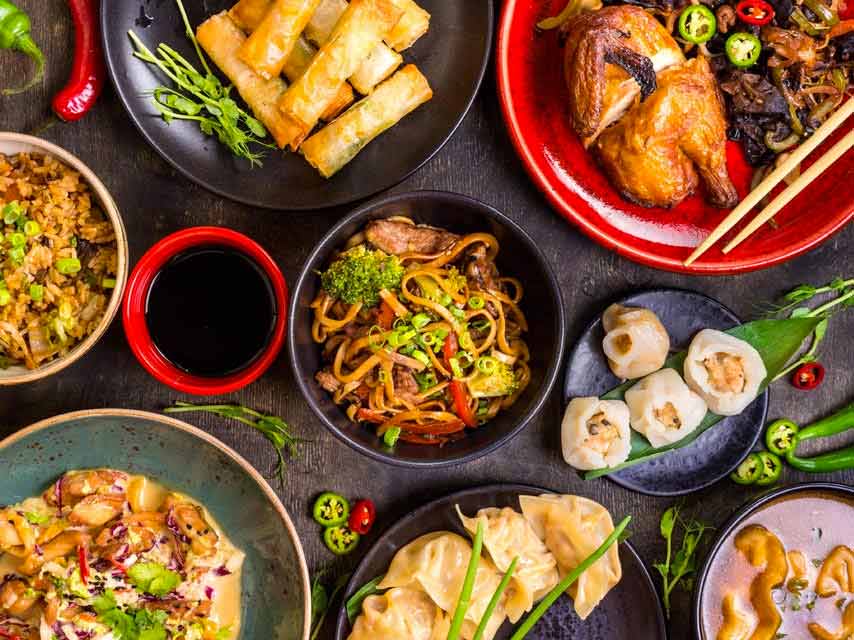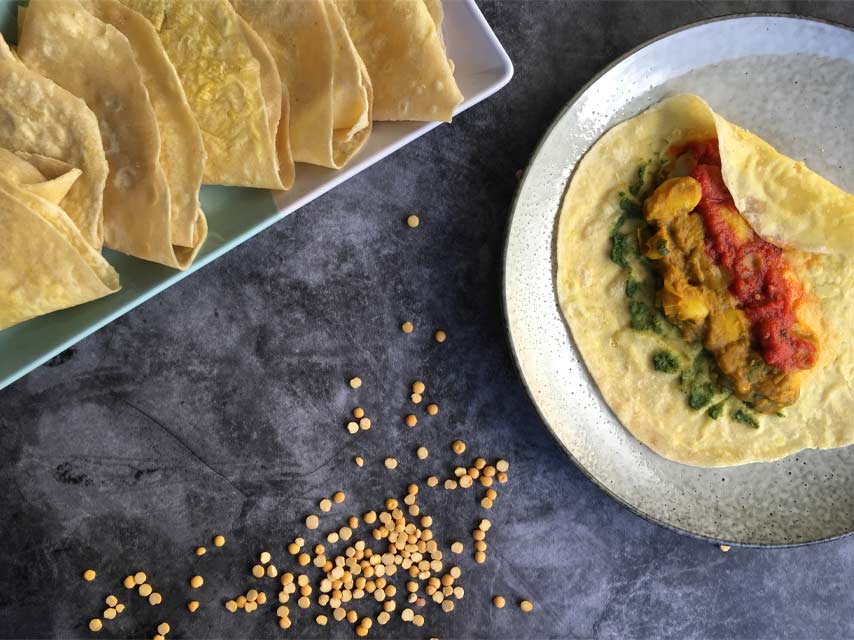High Blood Pressure Healthy Guidelines
Salt makes your body retain water. If you eat too much, the extra water stored in your body raises your blood pressure. Therefore, cutting the amount of salt you eat is one of the quickest ways to lower your blood pressure. The healthier your eating habits are, the lower your blood pressure will be. By starting a few new food habits, including counting calories and watching portion sizes, you may be able to lower your blood pressure and reduce the medications you need to control high blood pressure.
Here are 9 ways to help lower the sodium in your diet and body:
- Use salt-free seasonings. Exclude soy sauce, stock cubes and gravy granules
- Cook food using flavour-conserving methods such as steaming, roasting, baking, stir-frying, microwaving or barbecuing
- Buy wholemeal or whole-grain bread or make your own- store bought bread is usually loaded full of salt and preservatives
- Avoid canned foods, processed foods, and fast foods
- Cut down on coffee, tea or other caffeine-rich drinks, such as cola and energy drinks
- Quit smoking - each cigarette you smoke increases your blood pressure for many minutes after you finish
- Limit your alcohol intake – having more than three drinks in one sitting can cause a spike in blood pressure
- Exercise regularly – combine cardio with strength training for best results
- Avoid stress triggers and make time to enjoy relaxing, leisure activities
Recommended food to help lower blood pressure
Potassium, magnesium, and fibre, on the other hand, may help control blood pressure - Fruits and vegetables are high in potassium, magnesium, and fibre, and they’re low in sodium. Skipping salty sauces does not mean you should have bland foods; include flavourful herbs and spices in your daily diet. Pistachios are a healthy way to decrease blood pressure by reducing peripheral vascular resistance, or blood vessel tightening, and heart rate. You can incorporate pistachios into your diet by adding them to crusts, pesto sauces, and salads, or by eating them plain as a snack. Stick to whole fruits and veggies along with nuts, seeds, legumes, lean meats, and poultry which are also good sources of magnesium. Juice is less helpful, because the fibre is removed. For breakfast, have whole-grain cereal, fruit, and low-fat or fat-free milk.
Fruits that help with high blood pressure
Bananas
Bananas are extremely low in sodium and contain plenty of potassium, a mineral that plays a vital role in managing hypertension. The potassium reduces the effects of sodium and alleviates tension in the walls of the blood vessels.

Berries
Blueberries, raspberries, and strawberries are easy to add to your diet. You can put them on your cereal or granola in the morning, or keep frozen berries on hand for a quick and healthy dessert.

Kiwis
A daily serving of kiwi can reduce blood pressure in people with mildly elevated levels. Kiwis are rich in vitamin C, which may significantly improve blood pressure readings in people who consumed around 500 mg of the vitamin every day for about 8 weeks.

Watermelon
Watermelon contains an amino acid called citrulline, which may help to manage high blood pressure. To boost watermelon intake, add the fruit to salads and smoothies.

You may also like
Comments



 French
French


